The Future of Bute Inlet
February-March 2004
This is an article from WaveLength Magazine, available in print in North America and globally on the web.
To download a pdf copy of the magazine click here: > DOWNLOAD
by Eric Blueschke
 Bute Inlet is a rugged strip of water carved into the Coast Mountain Range 50 kilometers northeast of Campbell River. Bute cuts 66 kilometers into the mainland where the Homathko and Southgate Rivers, running from the glaciers and ice fields high up in the mountains, feed into the head of the inlet. This remote and pristine area of the British Columbia coastline lies within the traditional territory of the Homalco First Nation; they have called Bute Inlet home for thousands of years.
Bute Inlet is a rugged strip of water carved into the Coast Mountain Range 50 kilometers northeast of Campbell River. Bute cuts 66 kilometers into the mainland where the Homathko and Southgate Rivers, running from the glaciers and ice fields high up in the mountains, feed into the head of the inlet. This remote and pristine area of the British Columbia coastline lies within the traditional territory of the Homalco First Nation; they have called Bute Inlet home for thousands of years.
Nowadays, given global competition for scarce resources and the recognized importance of Aboriginal consent, First Nations everywhere are having to make critical choices that will affect their way of life far into the future. In the case of the Homalco First Nation, one of these choices has been whether or not to support open-netcage salmon aquaculture in Bute Inlet. The decision to not support salmon aquaculture did not come overnight for the Homalco, but only after careful consideration of the issues and consultation with Band membership.
According to Chief Darren Blaney, the issues of greatest concern include the risk of disease and parasite transfer to wild salmon stocks, the escape of farmed salmon, waste and pollution emanating from salmon farms and questionable economic benefits for Band membership. Chief Blaney is clear about Homalco’s vision for Bute Inlet, saying, “We support economic development that does not put our environment at risk”.
In pursuit of that vision, the Homalco Band is developing a framework for sustainable economic infrastructure while at the same time working vigorously to protect Bute Inlet from an incursion of salmon farms, a proposition driven by government and industry.
 |
Courtesy of the Homalco First Nation. |
As Chief Blaney sees it, tourism plays a large part in Homalco’s future. The Band currently operates an ecotourism business called ‘Bears of Bute’. Tourists are brought from Campbell River aboard the 32-foot Chinook Spirit to grizzly bear viewing platforms on the Orford River. The Orford, halfway up Bute, is one of three major salmon bearing rivers in the inlet and is home to one of Homalco’s traditional villages. The Band also operates a salmon hatchery on the Orford, and in the late summer and fall coastal grizzly bears are sure to be seen gorging on the five species of salmon that return to spawn each year.
“Wild salmon are integral to our culture and to the well being of Bute Inlet”, says Chief Blaney. “We want to make sure that whatever we do helps preserve and restore them.”
The Homalco Band is building new relationships with a variety of stakeholders in the area, including local tourism operators, government agencies and non-governmental organizations. Together with these stakeholders they are investigating a number of economic development possibilities including a larger role in the management of Bute Inlet resources, joint ecotourism ventures with local sports fishing lodges, and the restoration of historic hiking trails. By working towards environmentally sustainable forms of economic development, the Homalco First Nation hopes to preserve and restore Bute Inlet for generations to come.
The Homalco Band Office is located in Campbell River. You can reach them at 250- 923-4979 or visit their excellent website: www.bearsofbute.com.
© Eric Blueschke is the Georgia Strait Alliance’s Local Outreach Coordinator for its Salmon Aquaculture Campaign: .

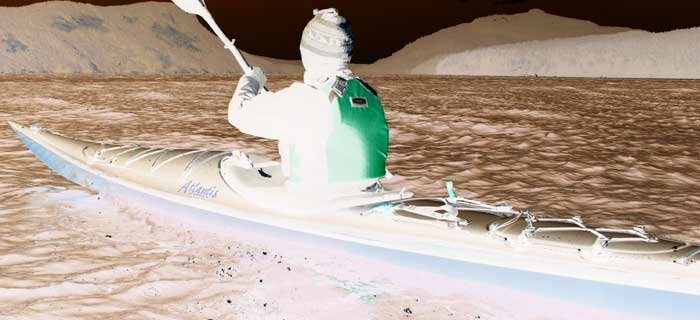
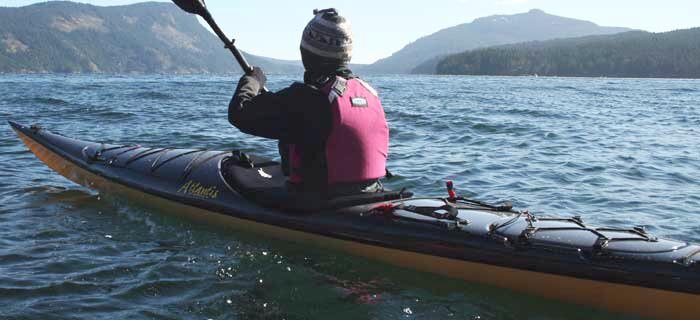
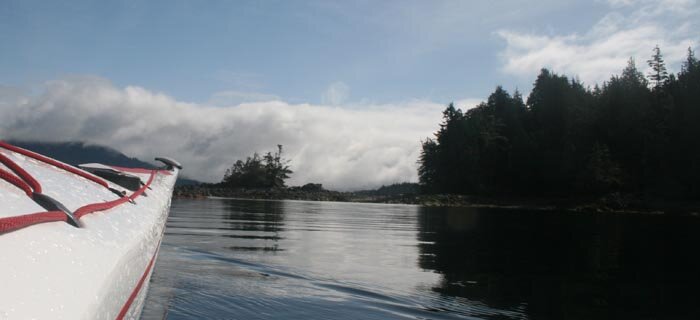
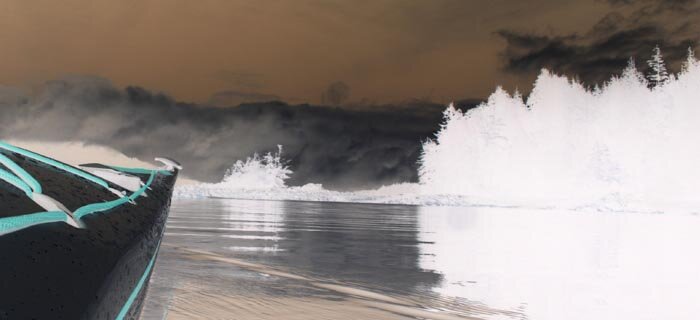
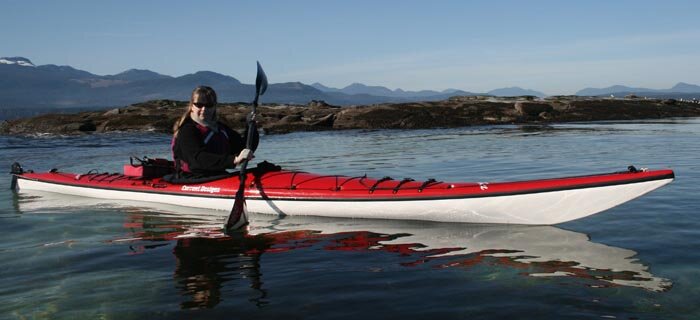

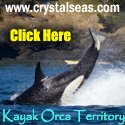
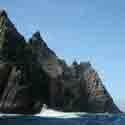

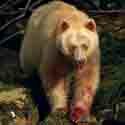











 This site uses valid HTML, CSS and Flash. All content Copyright © 2010 Wild Coast Publishing.
This site uses valid HTML, CSS and Flash. All content Copyright © 2010 Wild Coast Publishing.